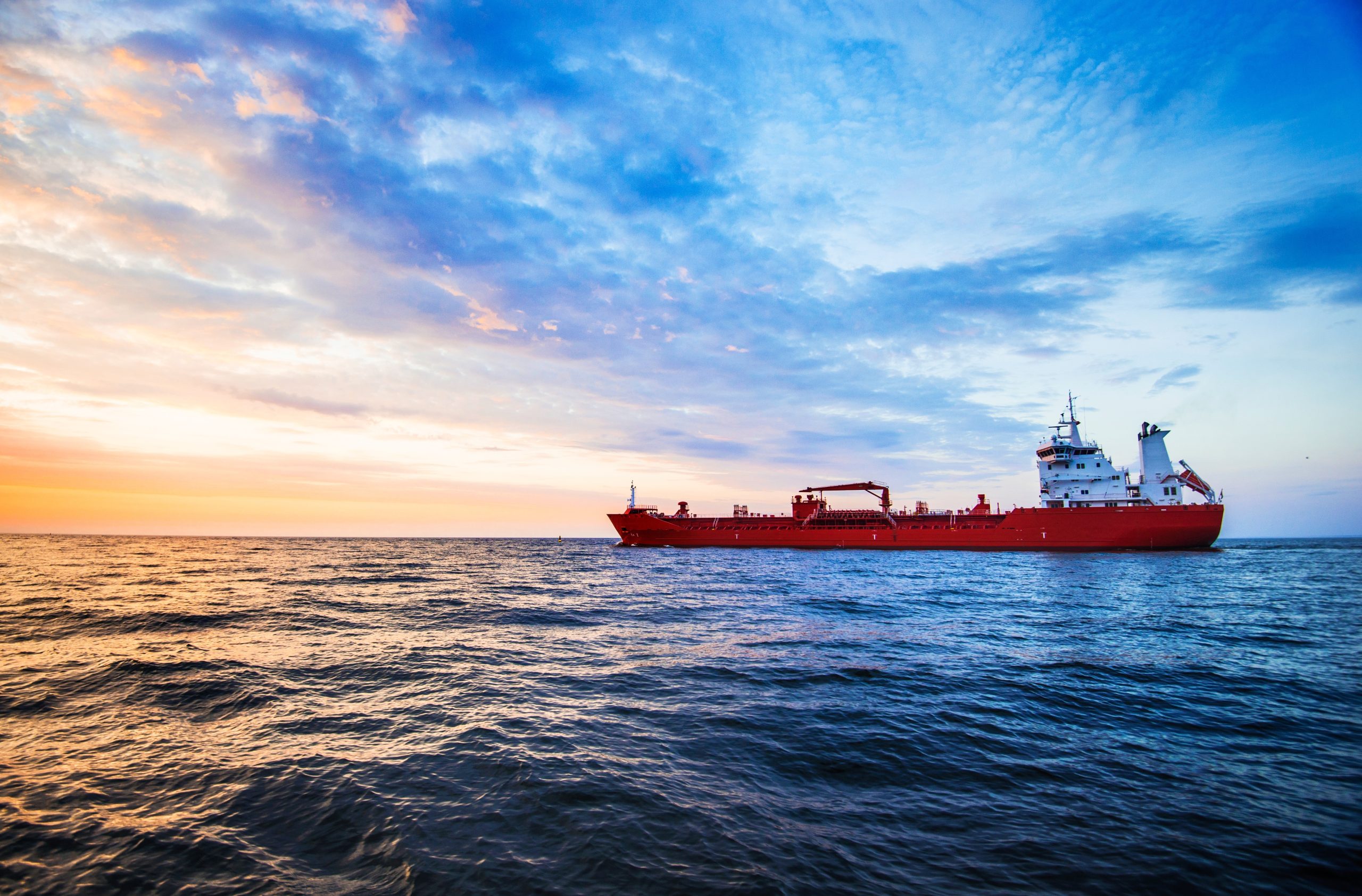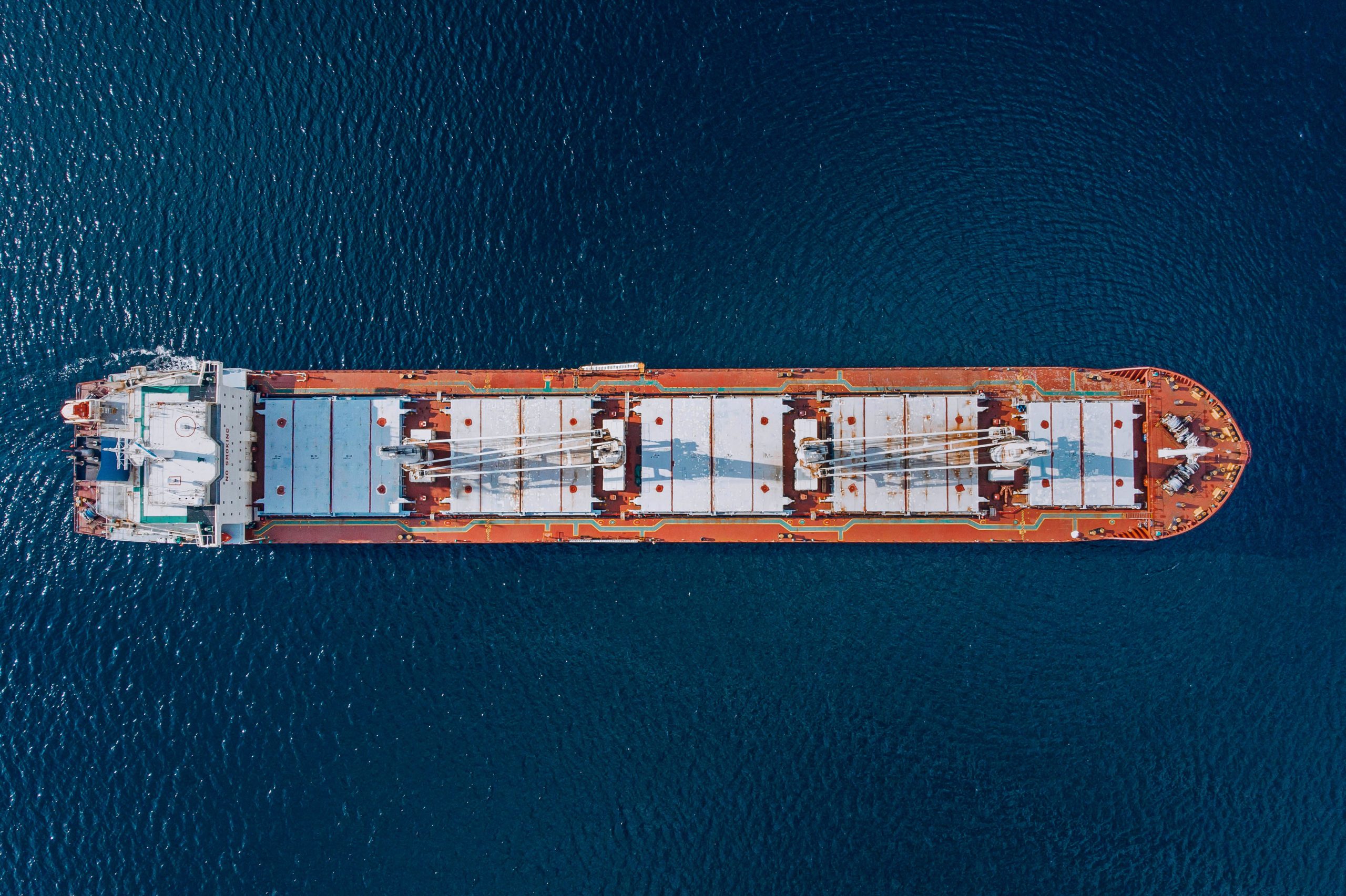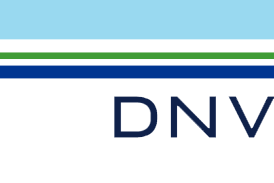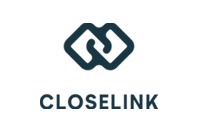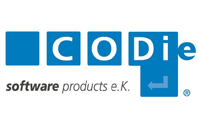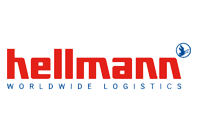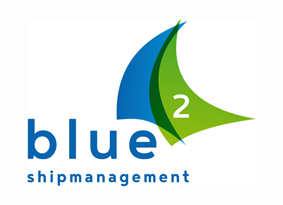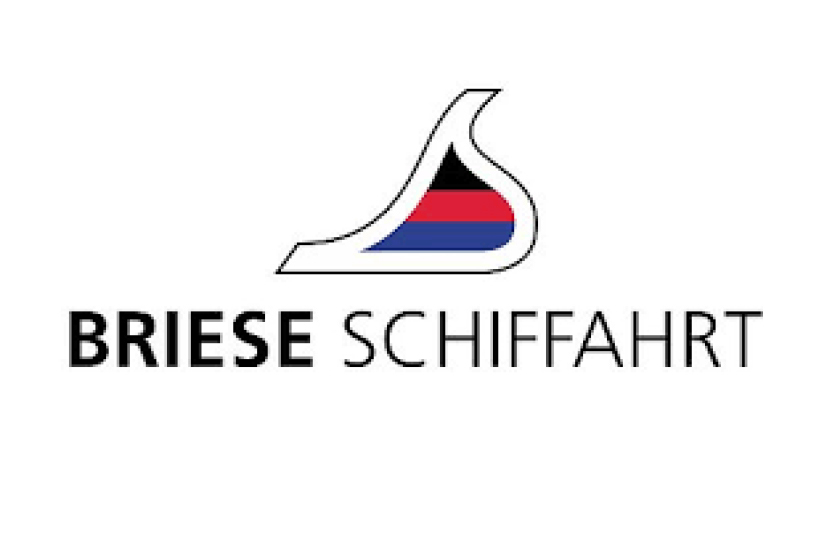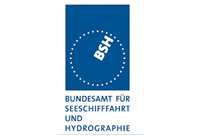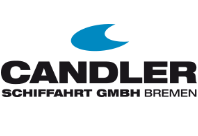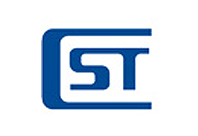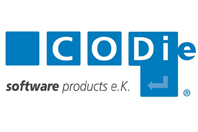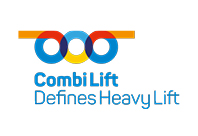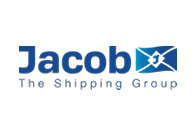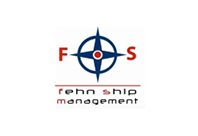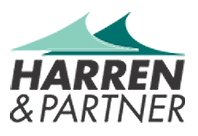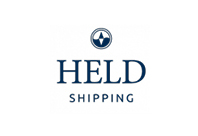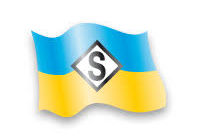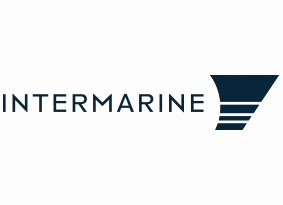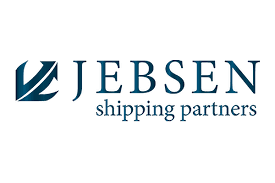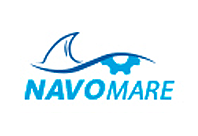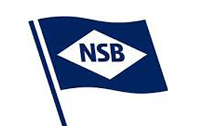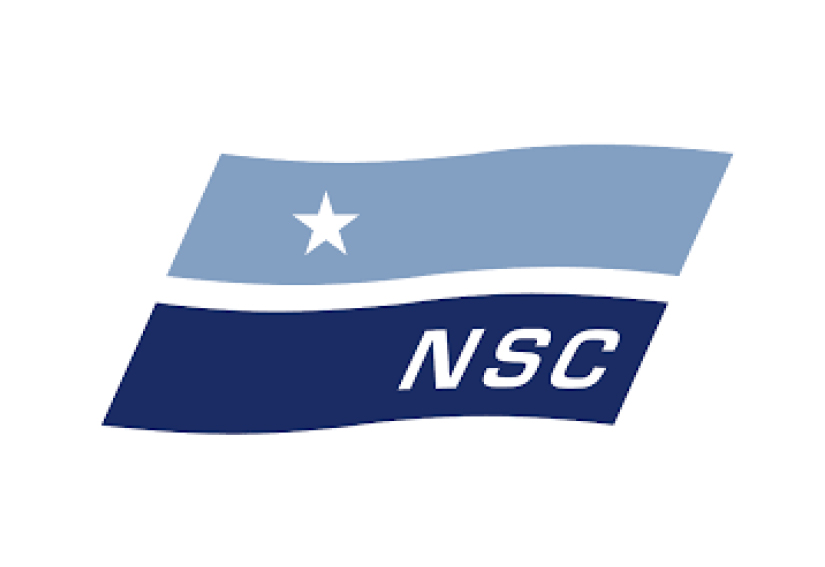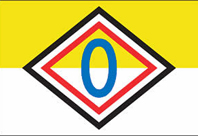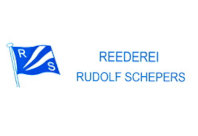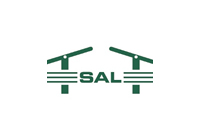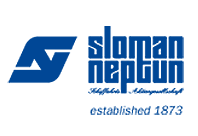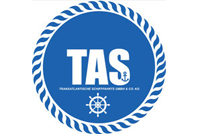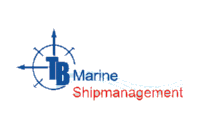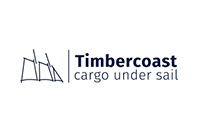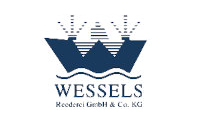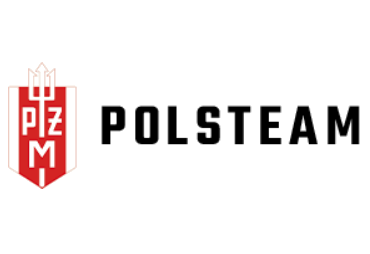
Full control of consumption, MRV, IMO DCS and CII for your fleet.
Fleettracker is a standardized, cloud-based fleet emission and consumption management platform which is used by ship managers and owners, but also by suppliers, agents and brokers. The system provides high-quality tracking, reporting and analysis of CO2 emissions and fuel consumption for sea-going vessels. Fleettracker makes daily life easier for ship owners and ship managers. Thus, you will have more time and energy for more relevant work – day by day.
Because time is money
One complete system for fuel reporting, quality service and verification
CO2 reporting can be a lot of work. Collecting the right data, cross-checking with the crew aboard, finding typos and handing the data to the verifier costs a lot of energy and time.
Reduce double work and save time and money by using a complete system from reporting to verification. With Fleettracker, you get a complete system for daily reporting from aboard, data quality checking and verification.
With Fleettracker, you can rely on the reported ROBs and consumption which are the basis for your CO2 emissions. Use the right tool with build-in quality checks to avoid typos and bad ratings of your vessels. And before your forward to emission data to your verifier, ensure that all data are double-checked.
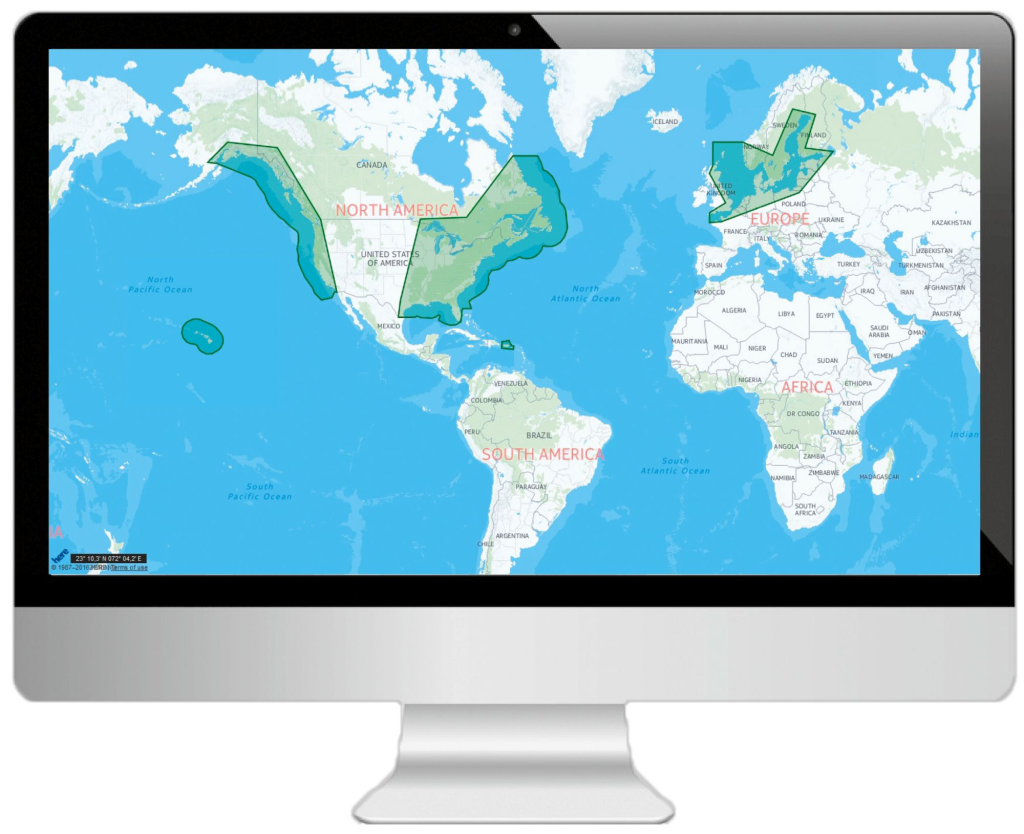
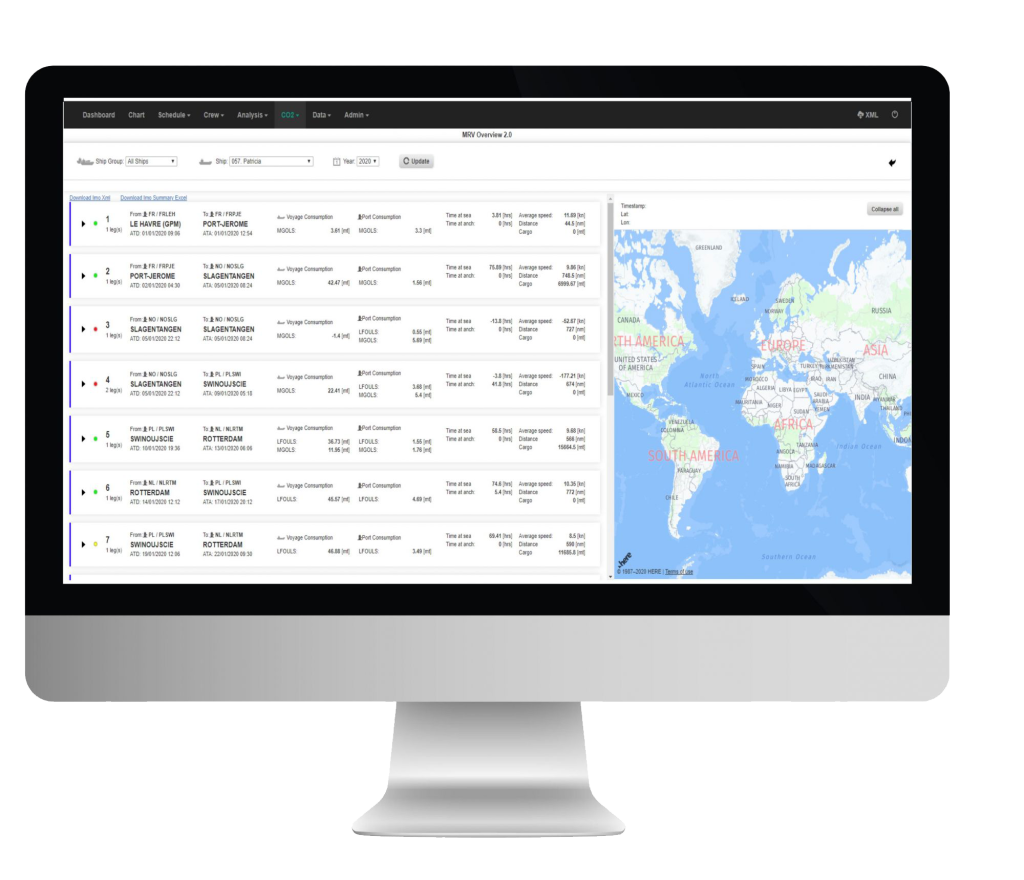
Everything is going right
Keep your fleet’s CO2 emissions under control.
The CO2 and CII ratings of your vessels are becoming more important every day for your success.
Therefore keep control of your emissions daily and see immediately if something goes wrong. After each voyage, get an automatically created overview of your current emissions and ratings and take measures in case you need to react. Save time and money and reduce your risks of bad surprises at the end of the year.
Better decisions in less time
Exact fuel consumption data and ports of call directly from aboard.
Correct and complete fuel data can save a lot of time and money and lead to better decisions. An exact knowledge of your ROBs and consumptions on a regular basis is the prerequisite for making it right.
Improve the performance of your fleet by setting up the appropriate reporting and reduce the risks of claims. In addition, with an always up-to-date schedule overview of your fleet, you have all data at hand to manage your fleet efficiently and safely.
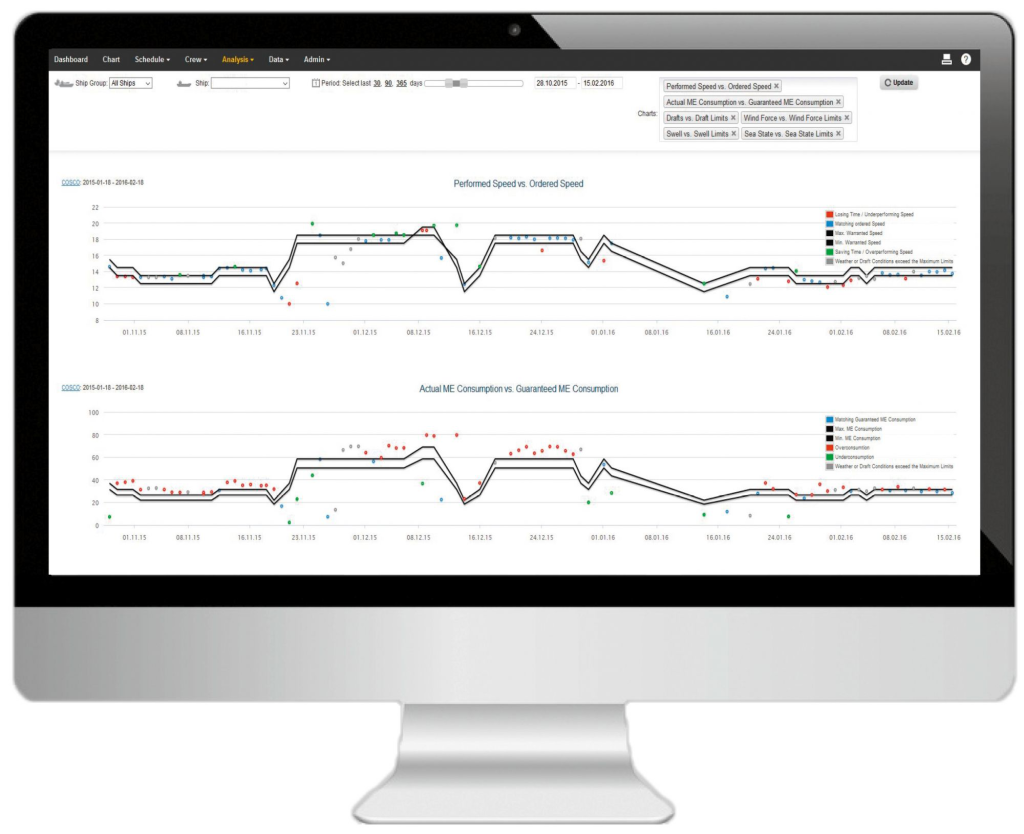
Let’s meet at the Posidonia 2024 in Athens (3-7 June 2024)
Still unhappy with your data quality for EU ETS? We can solve this now. Let’s meet at the Posidonia 2024 in Athens and exchange experiences! The data keyed in by the crew on board every day are not perfect, still. Typos, crew changes, misunderstandings, defect sensors, sometimes laziness – there are many reasons why the data quality of ship-shore reporting is causing many working hours and some headache in the shipping company. Not each vessel is equipped with well-calibrated and maintained fuel meter, and even if so, you have to control the reported data on a daily basis. Next, you…
Save the date: Breakbulk Europe 21-23 May 2024 in Rotterdam is coming…
We are very happy to be part of the Breakbulk Europe fair again! Hall 2, same place, just drop by for a coffee! BreakBulk Europe is belonging to the largest events in the world for our industry and attracts ocean carriers, forwarders, ports/terminals, heavy haulers, equipment companies and more. The networking for new business is exceptional. So – what we are showing? Off course, we will present our Voyage Management Solution CharterWorks. This tool addresses the needs of small and medium size commercial operators who don’t have the resources for introducing comprehensive software suites but need a modern, easy to…
Herberg Systems and Kpler sign sales partnership
Herberg Systems and Marine Traffic/ Kpler are pleased to announce they have entered into a sales partnership, combining Herberg’s long-lasting experience in developing and selling software products to the Northern European shipping market with Kpler’s powerful software suite Marine Traffic Inbox. Herberg Systems is a German software manufacturer located in Hamburg and digitization specialist for the maritime industry. Kpler is setting the standard in data and analytics for global trade and offers data services and software products. “Marine Traffic Inbox from Kpler is the ideal extension for our product portfolio, especially for our Voyage Management System CharterWorks”, explains Jan Herberg,…
Innovative Algorithmen in der Schifffahrt und Logistik – Wie automatisierte Texterkennung oder Quantencomputing operative Prozesse verändern werden
Datum: Dienstag, 23. April 2024 von 09:00 bis 11:00 UhrOrt: Business Club Hamburg, Elbchaussee 43, 22765 Hamburg Heutzutage gibt es unzählige innovative Technologien, um Prozesse zu digitalisieren, zu automatisieren und zu optimieren. Doch wie genau kann ein Unternehmen von diesen Entwicklungen profitieren und gleichzeitig aktuellen Trends wie Personalmangel und steigenden Energiekosten entgegenwirken? Jan Herberg von Herberg Systems und Kilian Foth von Lang.Tec zeigen anhand des Erfahrungsberichts eines Schifffahrtsunternehmen wie Sie von diesen Entwicklungen profitieren und gleichzeitig aktuellen Trends wie Personalmangel und steigenden Energiekosten entgegenwirken können. Die beiden Unternehmen stellen eine Lösung für die Nutzung von Algorithmen vor, um den Inhalt…
EU ETS Three Months In: Lessons Learned – Webinar
Webinar on Thursday, 14 March 15:00 – 16:00 CET First-hand experience from the first three months into maritime ETS. Join our webinar. Since January 2024, shipowners must surrender EU allowances for every ton of MRV-verified CO2 emissions to adhere to the EU ETS. This has far-reaching implications for shipping companies, demanding a keen understanding and efficient management of the system to ensure compliance. Join us for an insightful webinar where we explore the practical lessons learned in the first three months since the implementation of the EU ETS for the maritime sector. Featuring expert insights from Fleettracker, Swiss Climate, and…
See you at the World Maritime Forum 27-28 February 2024 in Copenhagen?
It looks like this will be an exciting event. Over 500 participants, 50 exhibitors, 45 lectures. Everything about shipping. Of course, it’s about current topics such as CO2, new fuels, digitization and innovations. An industry in transition. Together with the company Swiss Climate we are taking part as an exhibitor and are very pleased that we can answer questions at our booth and give you insights into our services. And off course, it is a great opportunity just to meet and talk. What are we exhibiting? Of course Fleettracker for CO2 reporting, data quality assurance, ETS statements and, together with…
Fleettracker Interface
We offer a number of interfaces to other software products so that Fleettracker can be perfectly and easily integrated into your everyday work. This means that data can be used within Fleettracker and transferred into other software so that you work efficiently.

